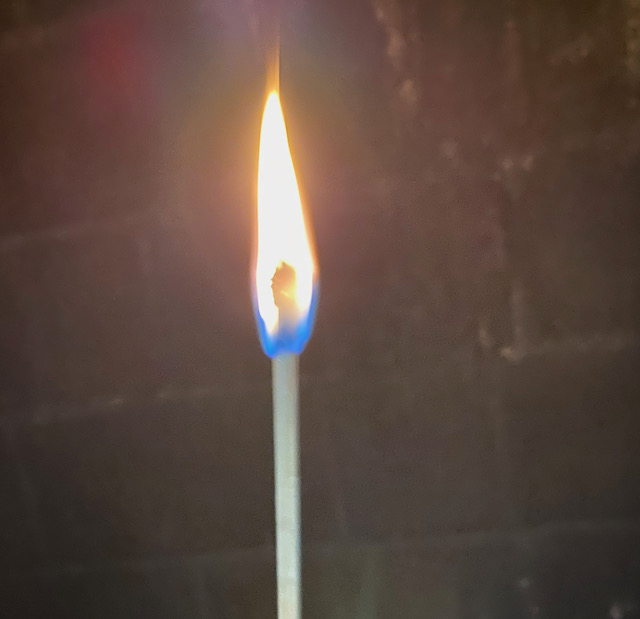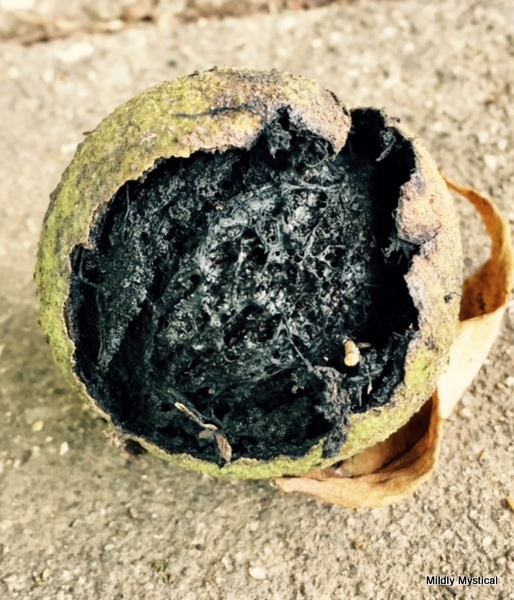Forgiveness is a balm that restores our hearts and our relationships. Sometimes we experience pain, sometimes we inflict it upon others. The healing power of forgiveness is part of living a full and abundant life.

We can learn to give and receive forgiveness when we learn to see ourselves and others with more clarity, and less judgment. Engaging with forgiveness depends on bringing compassionate presence to what hurts—to our own wounds as well as the wounds of others.
When we’ve been hurt we need to respond, and our emotions give us energy and information about what to do. But when chronic anger and pain take over, they drain our life force. Keeping the old story of those episodes going requires a lot of energy and claims much of our attention. Ruminating and replaying is a response to being harmed that can cause us further injury. It’s like continuing to pump a spinning top. Perpetuating that circular movement is mesmerizing, and there’s a satisfying sense of balance from seeing the world spin ‘round and ‘round that same axis even if it doesn’t get us anywhere.
Learning to recognize such unhelpful patterns allows us to break free of them. The Enneagram is the best way I know for making our way along that path. It helps us become aware of our blind spots, and to appreciate the motivations behind the actions of other people in our lives. Learning to recognize our habitual patterns of thought, emotion, and behavior allows us to notice when they’re taking over, pause instead of automatically reacting, and allow whatever arises in us without being driven into our habitual behavior. These intentional actions create the space for choosing our response rather than reacting automatically. Our patterns can keep us stuck; relaxing them allows us to see more clearly and respond more effectively.
The Enneagram teaches that we rely on three basic kinds of intelligence—mental, physical, and emotional. All three of these centers of awareness inform our ability to give and receive forgiveness.
In our mental awareness we hold onto particular ways of remembering and interpreting our experience. Our patterns of thought (including our critical, judging minds) influence how we understand our lives and where we focus our attention.
Physically, we carry not only bodily injuries but emotional traumas. They are stored in the tissues of the body and embedded in our nervous system. It affects what we find ourselves doing, as well as our physical health.
In our heart we carry the emotional pain and distress of what happened. When the pain is too much, we harden our hearts to avoid feeling it. This cuts us off from feeling connected to life and to other people.
This mental, emotional, and spiritual suffering becomes chronic tension in the body, which blocks our life energy, distorts our ability to see clearly, and causes further injury. These maladies are eased as we grow beyond them and find ourselves able to forgive.
But trying to forgive too quickly, avoiding the pain of what happened, is more of a spiritual bypass than authentic, healing forgiveness. There is often something to be grieved in the process of forgiveness. To forgive because we think we should is the act of an ego determined to do the right thing. Forgiveness is more like finding out that we can release what we once believed held us tightly in its grip.
When we can forgive, we stop magnifying the wrong. We stop giving the one who wronged us so much power.
Forgiveness grows naturally as we develop compassion and understanding. Forgiveness is not an act of egoic will; it’s an opening of the heart that allows forgiveness to unfold. When we’re trying to manage our lives according to the defenses and fears of the ego, we aren’t able to extend forgiveness—to others or to ourselves. As we relax the type patterns of the ego, we make space for a genuine sense of connection and trust and belonging. The simple practice of bringing our attention to what we’re grateful for helps in making that shift.
C. G. Jung observed that we don’t so much solve our problems as outgrow them. This can include our ability to offer or receive forgiveness.
Forgiveness does not condone the wrong. Forgiveness does not say it’s ok, or that it didn’t matter. Forgiveness acknowledges the harm and grieves its cost. It means finding a place to stand apart from the emotion and pain. Forgiveness involves holding our suffering with the stronger, wiser, and more loving arms of our higher Self. Or put another way, allowing our hurting self to be held in the loving arms of God.
When we experience how much more we are than our wounded selves, we have a chance to see how the other person is more than the wounding agent. In offering forgiveness we see the other person with the eyes of compassion; we see them as more than an agent of pain. When we are the ones who cause the wounds, we learn to show ourselves that same compassion; we hold tenderly our own suffering as well as that of others.
Either way, we see the damage that results when we’re caught in our own drama, flailing in a way that vectors pain. We can ground ourselves in the truth that our life is bigger than this difficult part of our story, and we can let that top spin down.
Susan Christerson Brown


